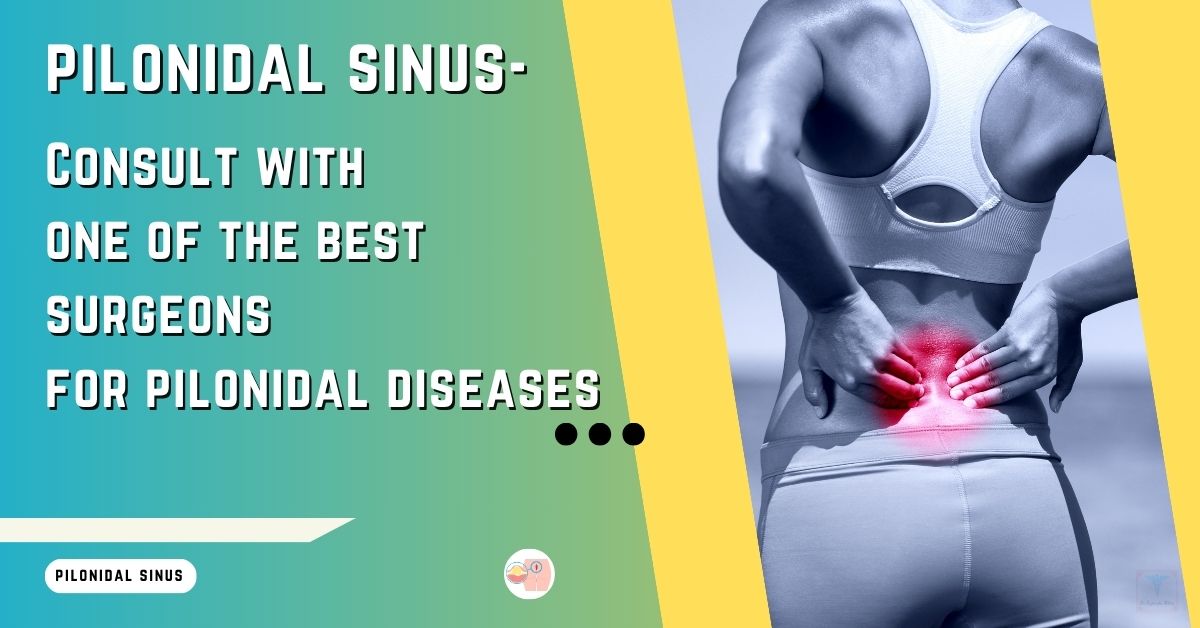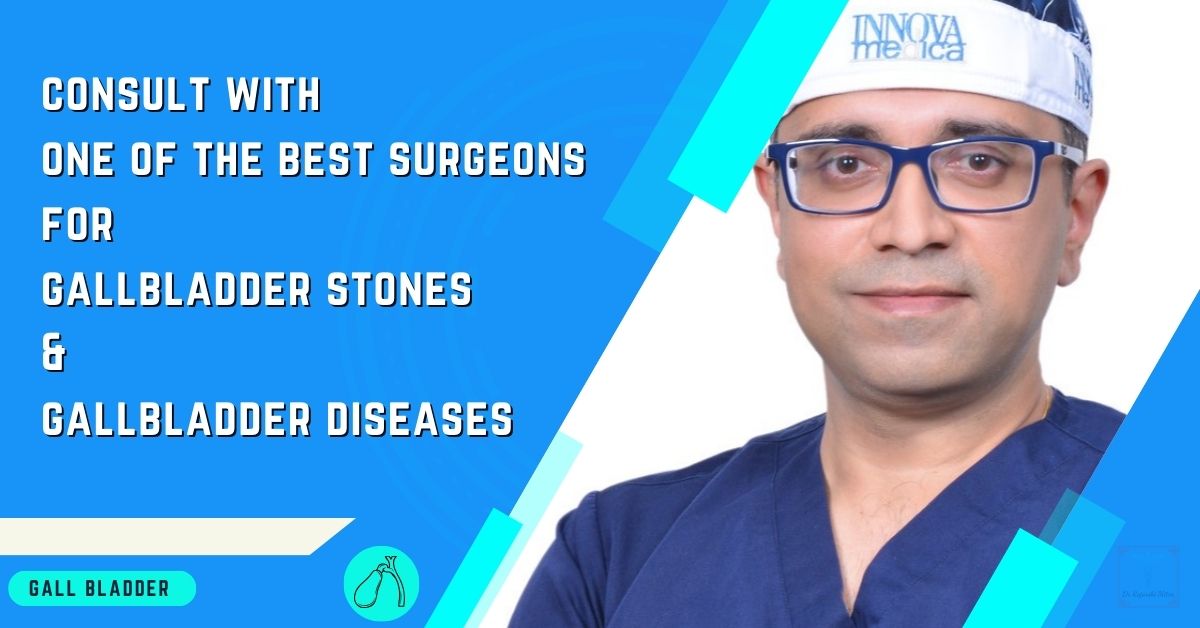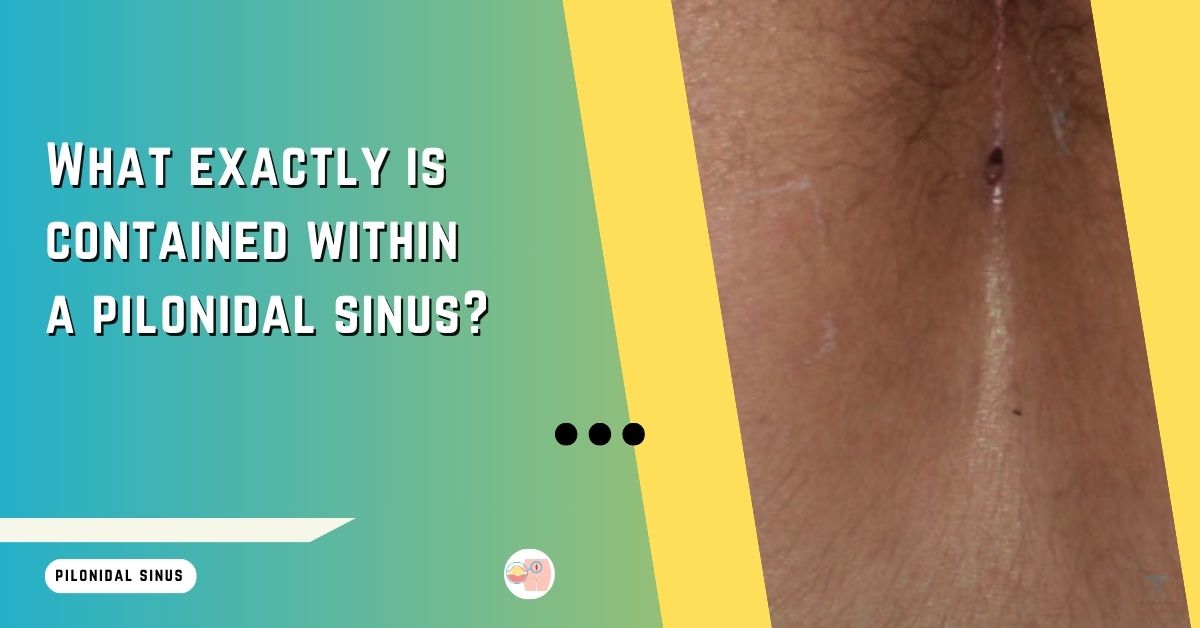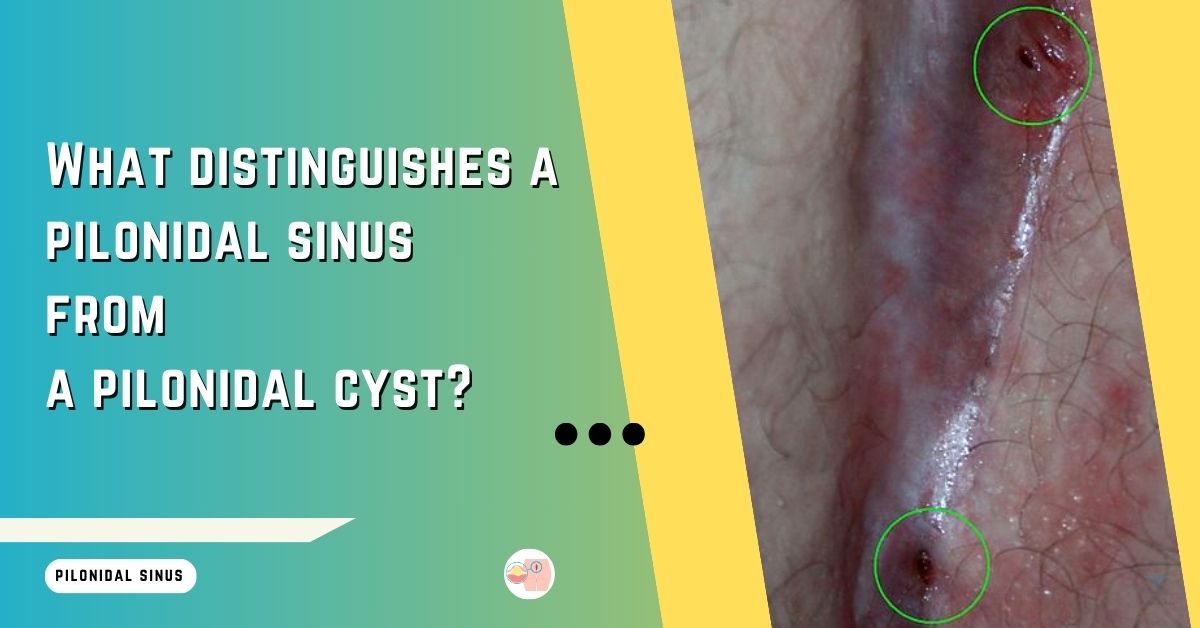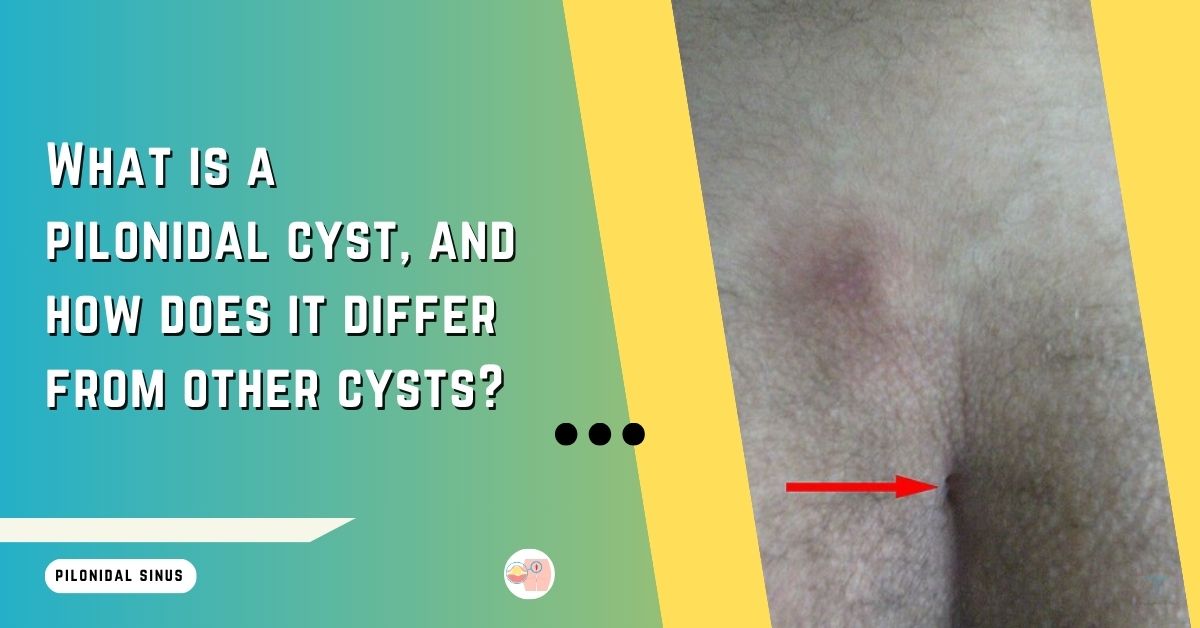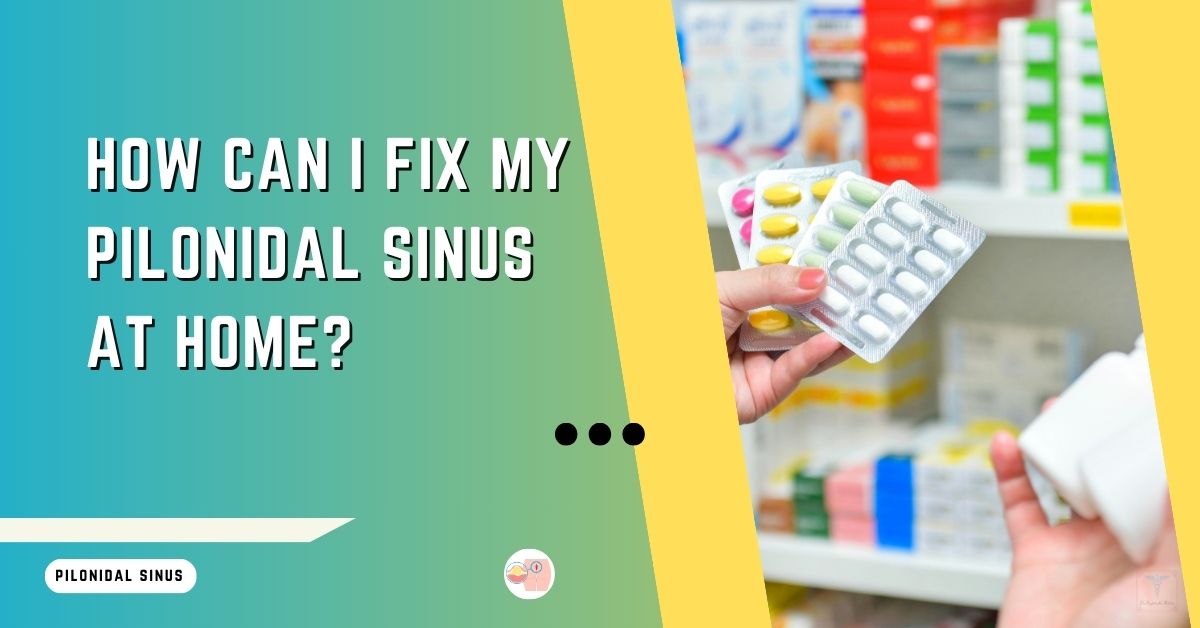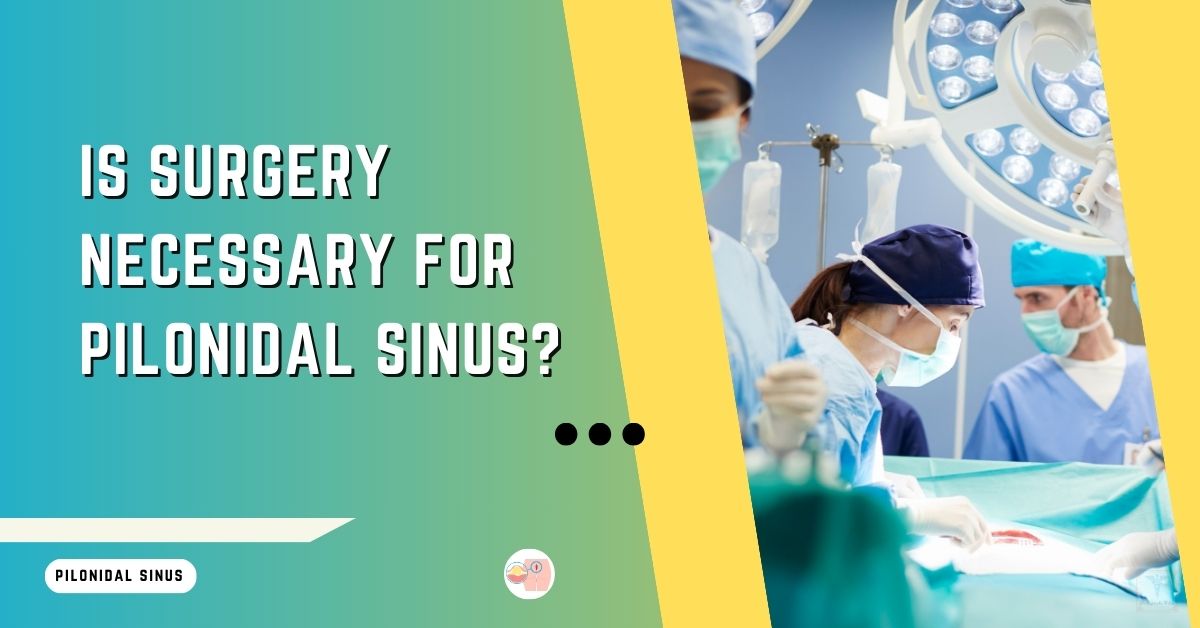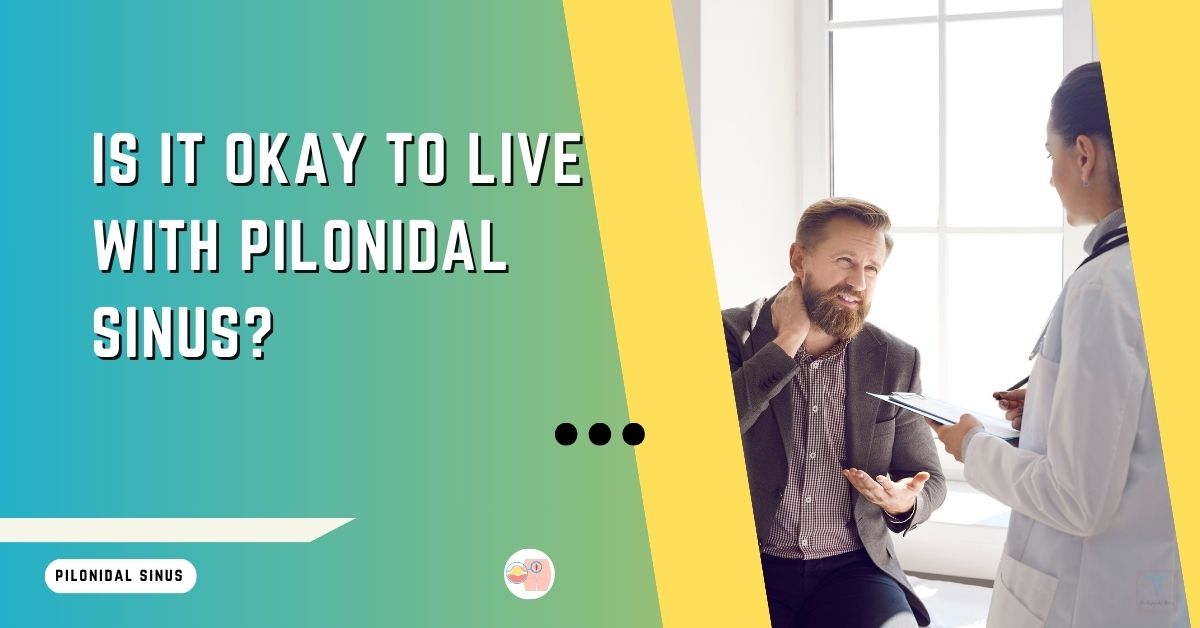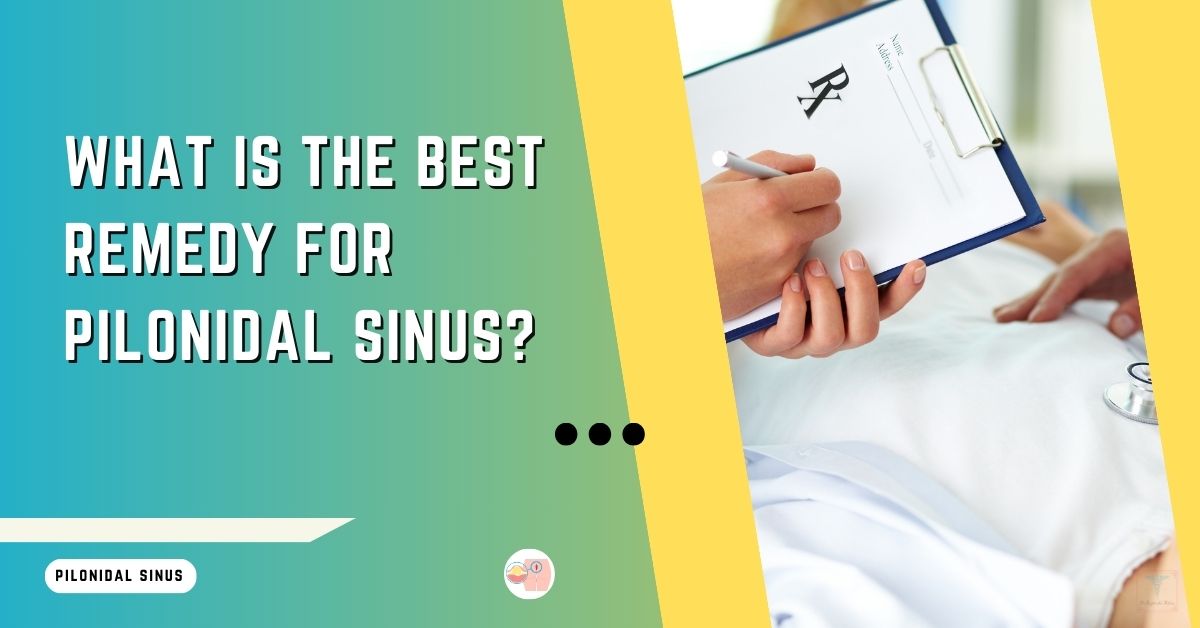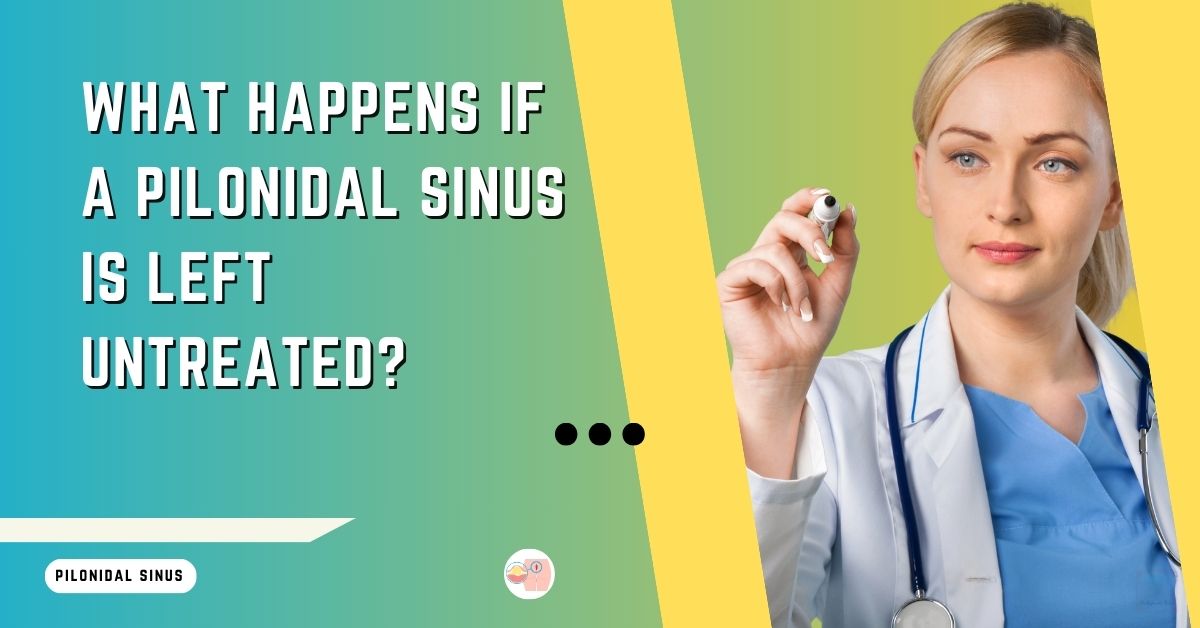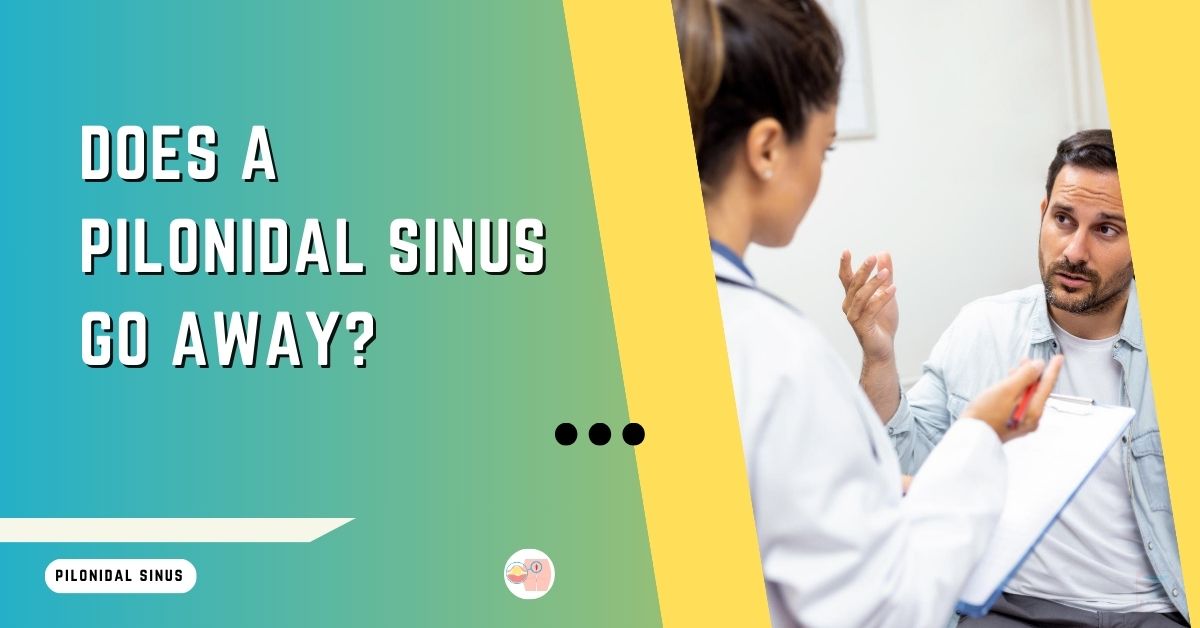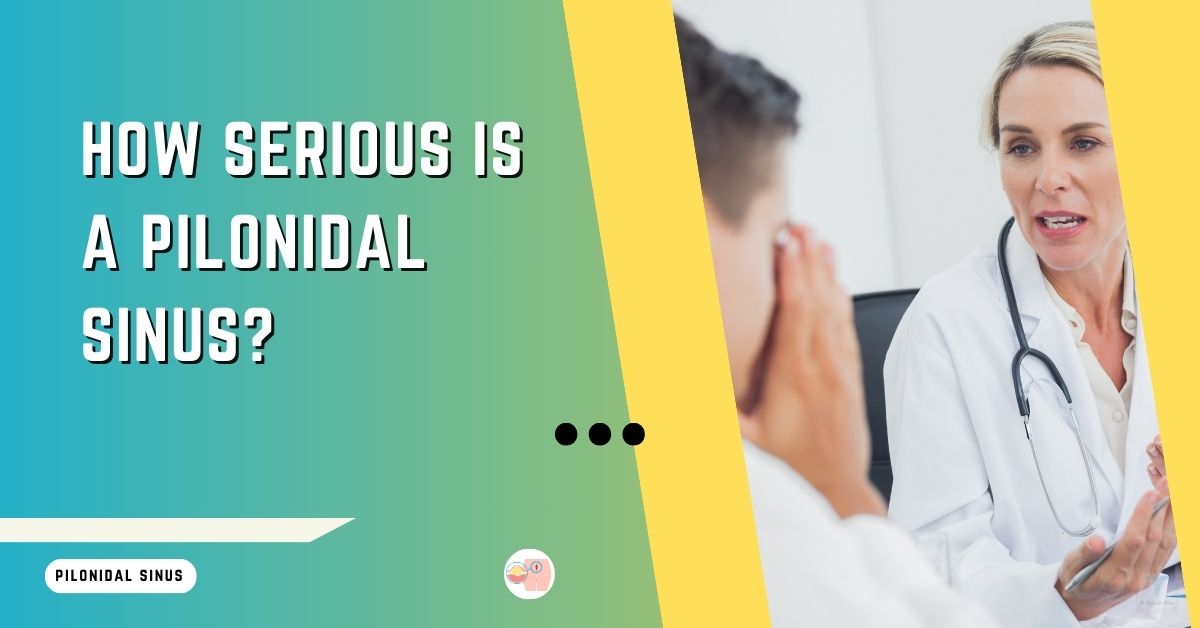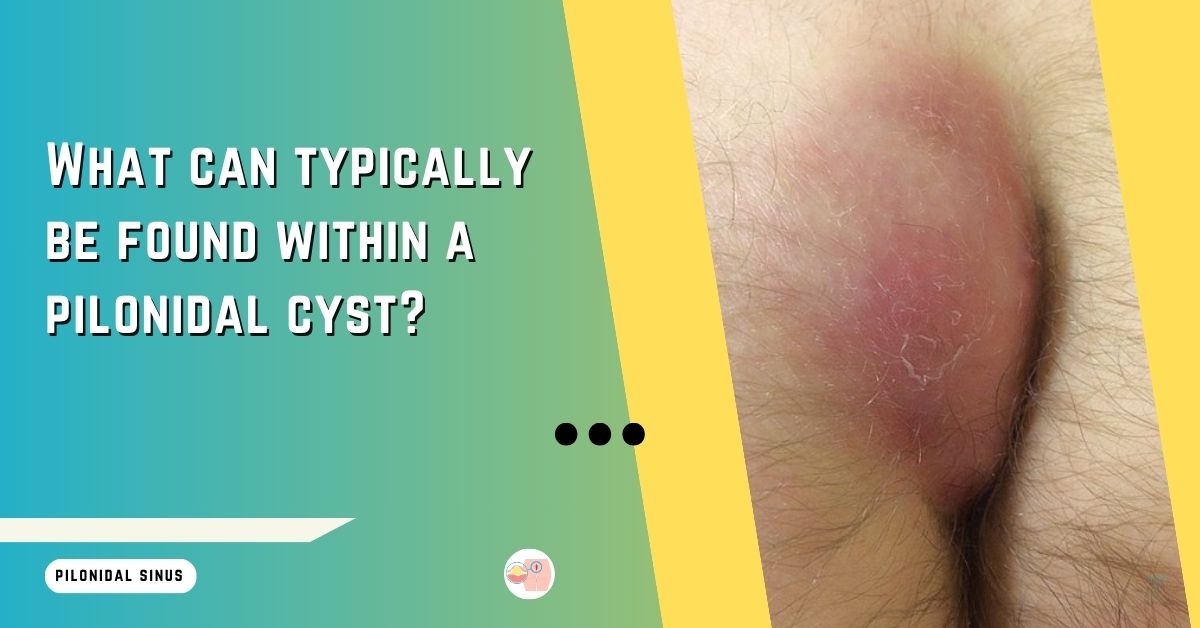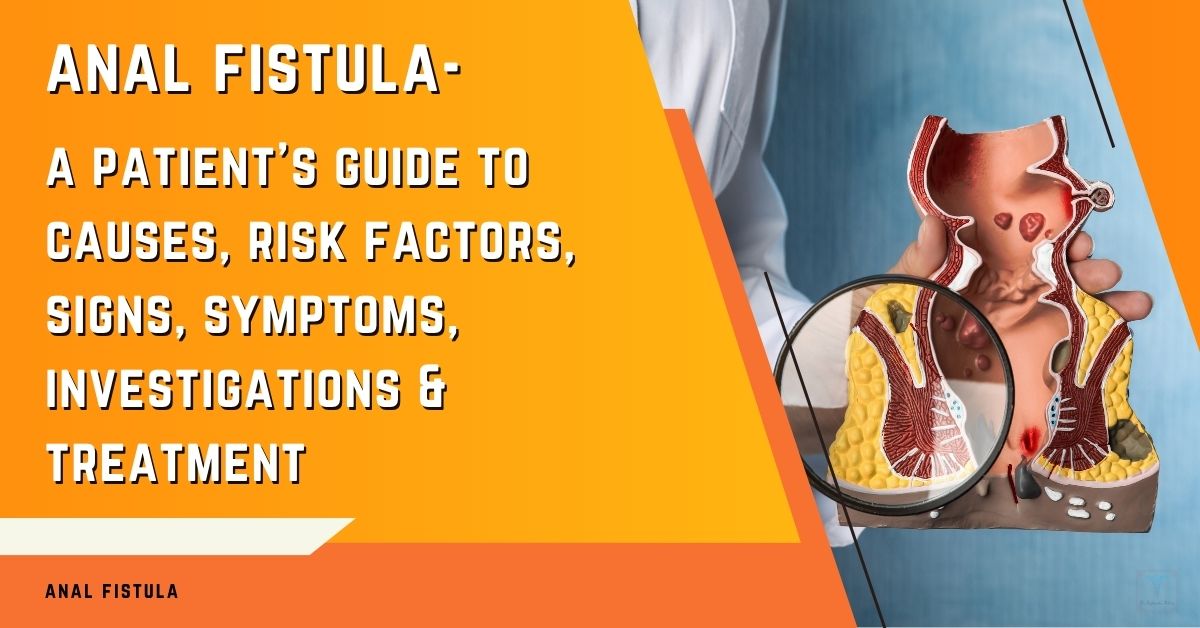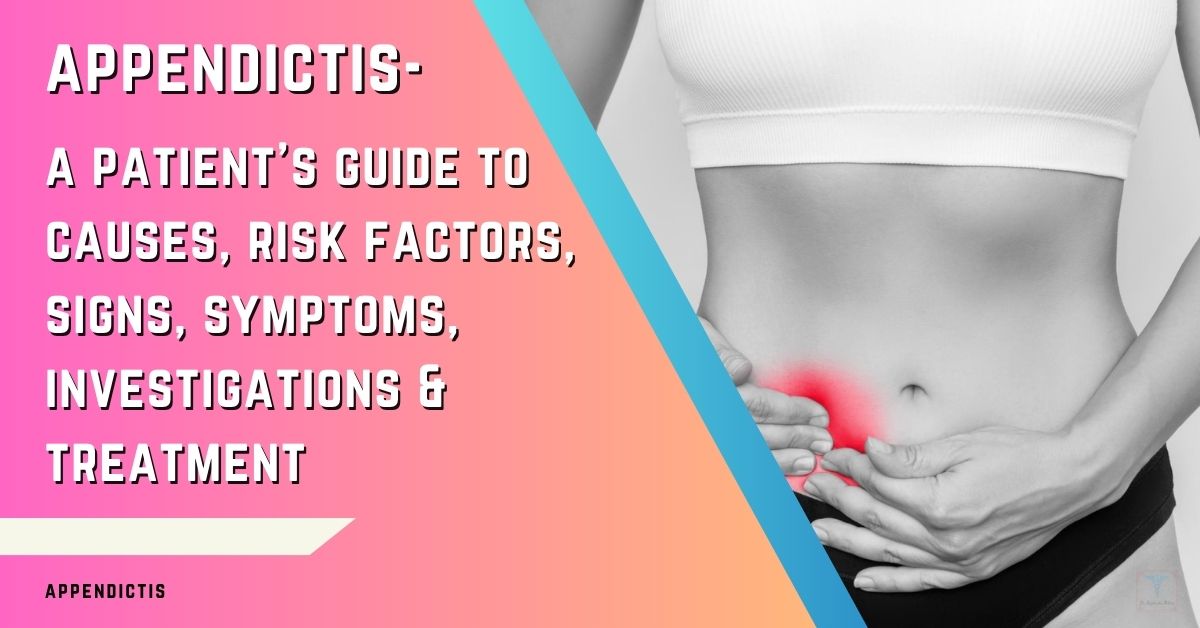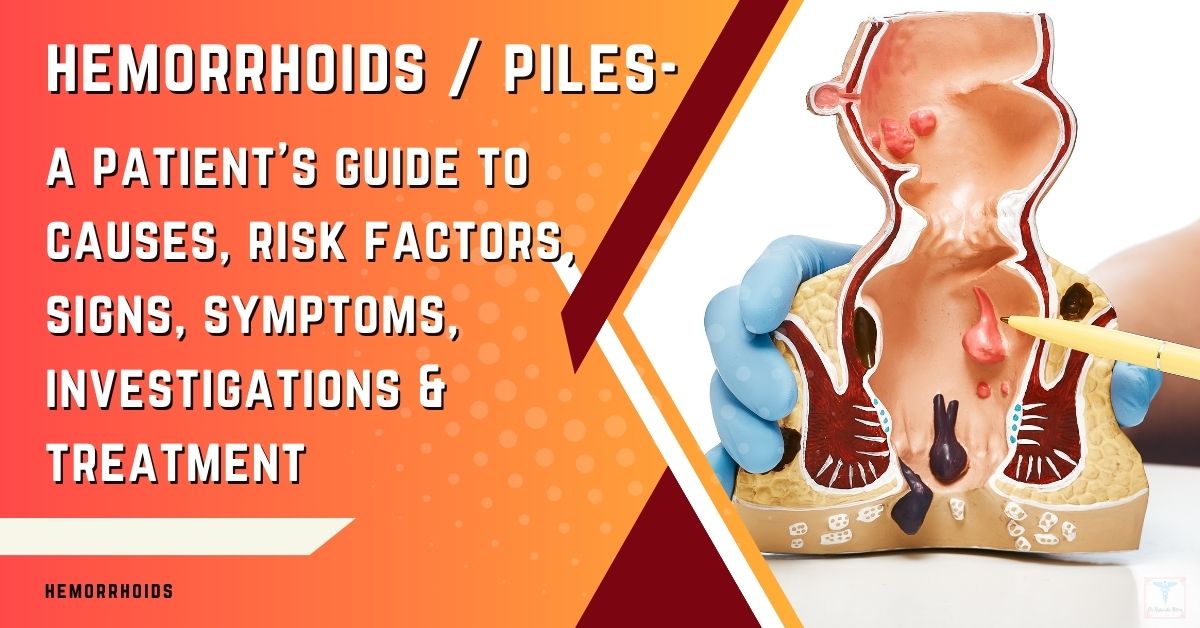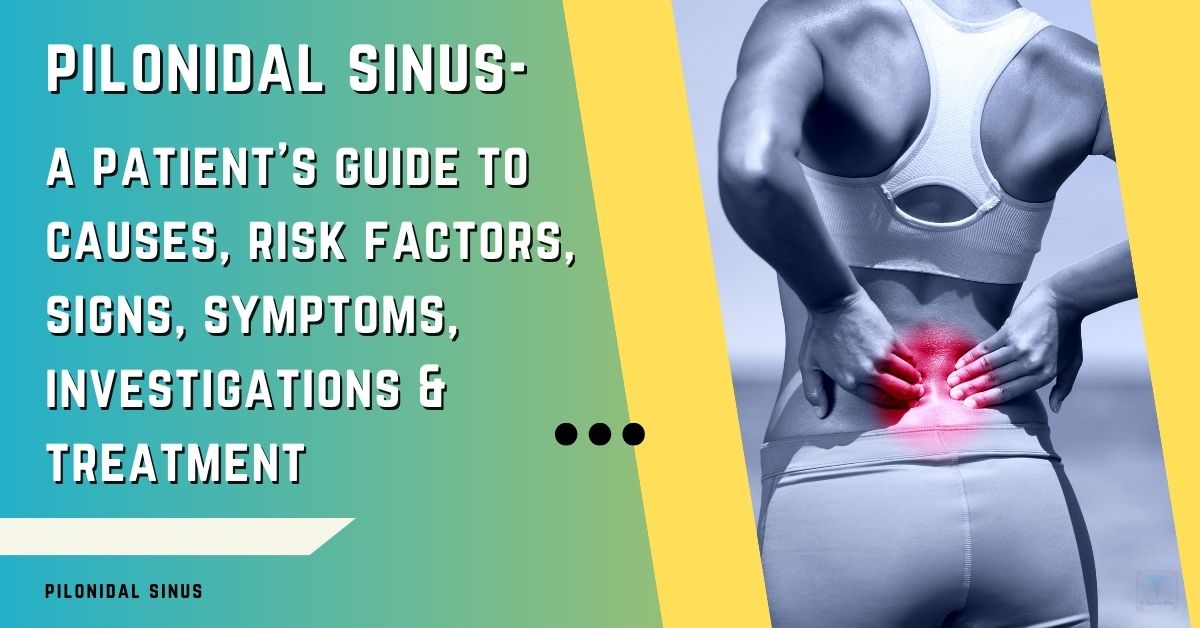Consult with one of the Best Surgeons for Pilonidal Sinus Disease

So you have been diagnosed with Pilonidal Sinus.
Are you concerned?
Are you worried about an extensive surgery?
Do you know someone who had surgery for Pilonidal Sinus and had a prolonged healing?
Are you worried about a recurrence of the disease even after surgery?
Are you aware of the latest & modern Minimal Invasive Surgical options for treating Pilonidal Sinus?
My Reassurance to you: Pilonidal Sinus can be treated, without the need for extensive open surgery.
With modern techniques of Laser and Endoscopy, Pilonidal Sinus can be treated with Minimal Invasive methods.
Undergo a Day Care Procedure, without the need for prolonged hospitalization.
A quick return back to normal life and routine activities.
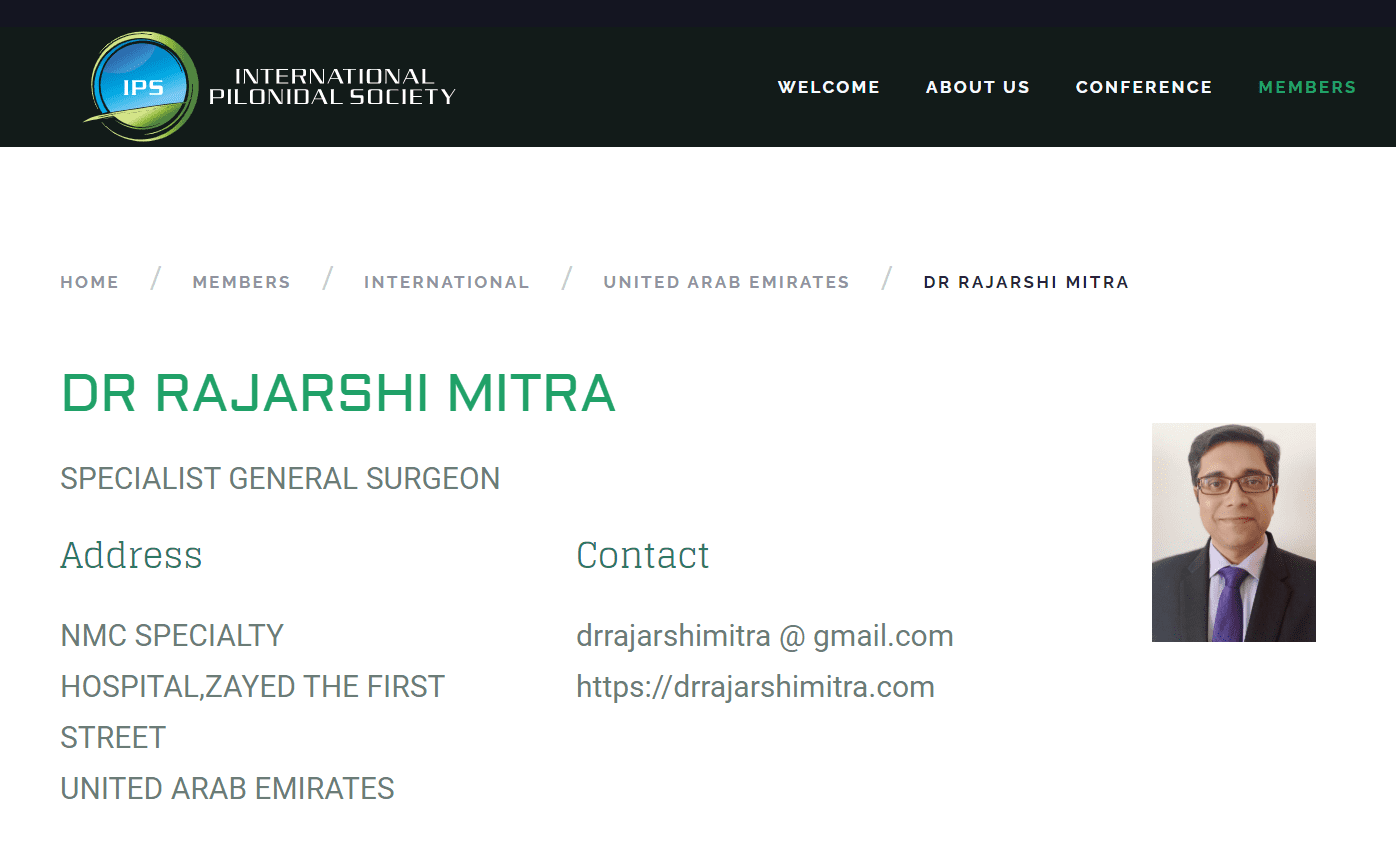
One of the few surgeons in UAE, who is a Member of The International Pilonidal Society
What is a Pilonidal Sinus
A Pilonidal Sinus is a small hole or a tunnel, present in the skin crease within the cleft of the buttocks, usually at the top or the bottom of the midline and sometimes towards the left or right side of the cleft between the buttocks.
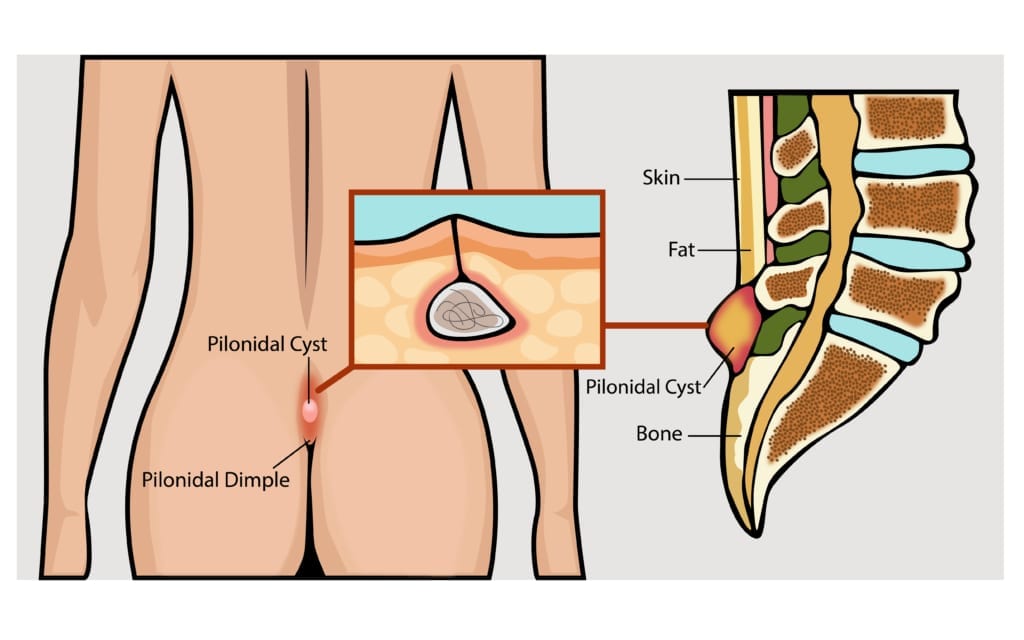
What Causes a Pilonidal Sinus:
Pilonidal Sinus is caused due to hair penetrating through the skin near the cleft between the buttocks. This area is particularly involved due to constant friction between the buttocks and the skin in that area being moist and soft.
The hair induces a phenomenon known as “Foreign Body Reaction” within the tissues, which results in the formation of a small cyst or cavity which is connected to the skin by a tunnel. This is the Pilonidal Sinus or Pilonidal Cyst.
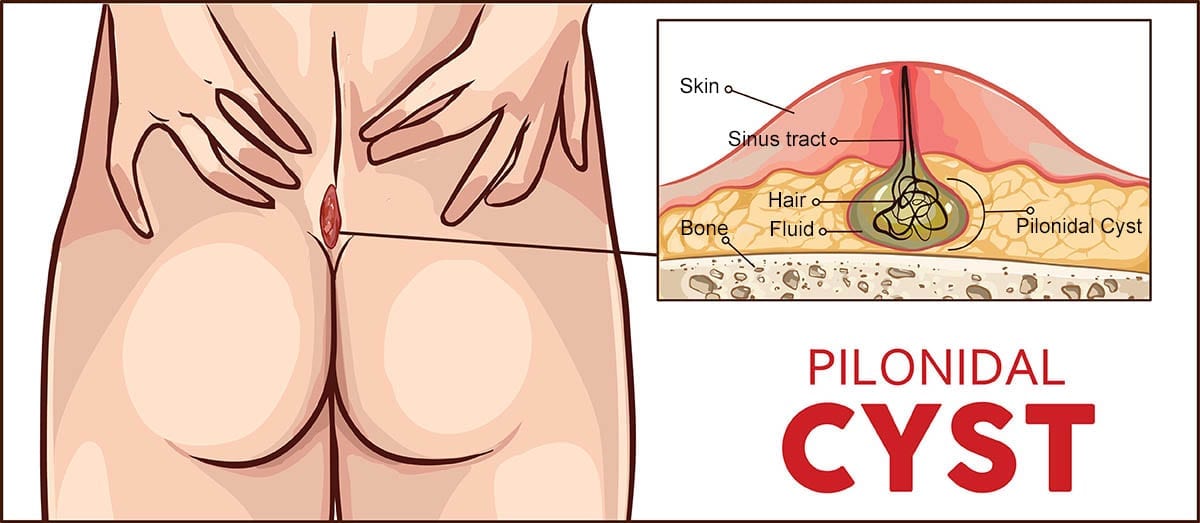
Who is at Risk for developing a Pilonidal Sinus:
- Males are more commonly affected.
- People with abundance of body hairs.
- Those who sit for longer durations.
- Local injury to the skin in the lower back.
- People who sweat too much.
- Any activity which will increase the friction or irritate the skin in lower back.
- Obese people.

How does a Pilonidal sinus present:
Usually patients will complain of a small hole in their lower back, from which sometimes foul smelling discharge will come out. Some patients complain of mild bleeding from the hole on & off.
Many times patients will only have a hole or multiple holes in the lower back, without any discharge.
Few patients will present to the surgeon with a swelling around the lower back, which is red and painful. This usually is an abscess developing within the Pilonidal Cyst / sinus and will need to be drained.
Some patients may present with holes in the lower back through which tufts of hair are projecting out.
♦♦ DO REMEMBER ♦♦
- Pilonidal Sinus is a Surgical disease and needs to be evaluated by a Specialist Surgeon, trained in the various procedures which are available for treating the Pilonidal Sinus.
- Medicines will only help in resolving the acute inflammation, but the disease will flare up again.
- Hence do get a Surgical consult to understand how to evaluate and decide the proper treatment required.
- Every Pilonidal Sinus is different and an experienced surgeon and determine what is the proper treatment in your case.
INVESTIGATION
MRI
MRI is used to identify to the Pilonidal Sinus track.
It helps in determining the length, width and complexity of the track, whether there are still any retained abscess cavity within the track, does the track have any branches, are there any secondary tracks.
All these help in the pre-operative planning and determine which procedure may be best suited for the patient.
TREATMENT
LASERS & ENDOSCOPY in the Management of PILONIDAL CYST & PILONIDAL SINUS
Know more about the Latest Options available for the management of Pilonidal Sinus & Pilonidal Cyst
LASERS in the Management of Pilonidal Sinus & Pilonidal Cyst
Want to know more about the latest Minimally Invasive Surgical Options for Pilonidal Sinus & Pilonidal Cyst?
Is your case suitable for Lasers?
Are you a suitable candidate for Endoscopic Surgery?
Discuss with Dr Rajarshi Mitra, to find out the best possible option to treat your Pilonidal Sinus & Pilonidal Cyst.
ENDOSCOPY in the Management of Pilonidal Sinus & Pilonidal Cyst
OPEN SURGICAL TREATMENT FOR PILONIDAL SINUS DISEASE
In certain selected cases, the patient would benefit from an Open Surgical Procedure.
Open Procedures usually involve Excision of the Pilonidal Sinus Track bearing skin segment and then cover of the defect by a Skin Flap, which is usually fashioned to shift the midline and take away the depression of the gluteal cleft.
We Never keep an open wound to heal by Secondary intention, even for complex cases.
All wound will be closed, usually with a Flap.
WANT TO DISCUSS ABOUT YOUR PILONIDAL DISEASE?
Get in touch with Dr Rajarshi Mitra today, to know about the best possible treatment option, including Lasers & Endoscopic Surgery.

